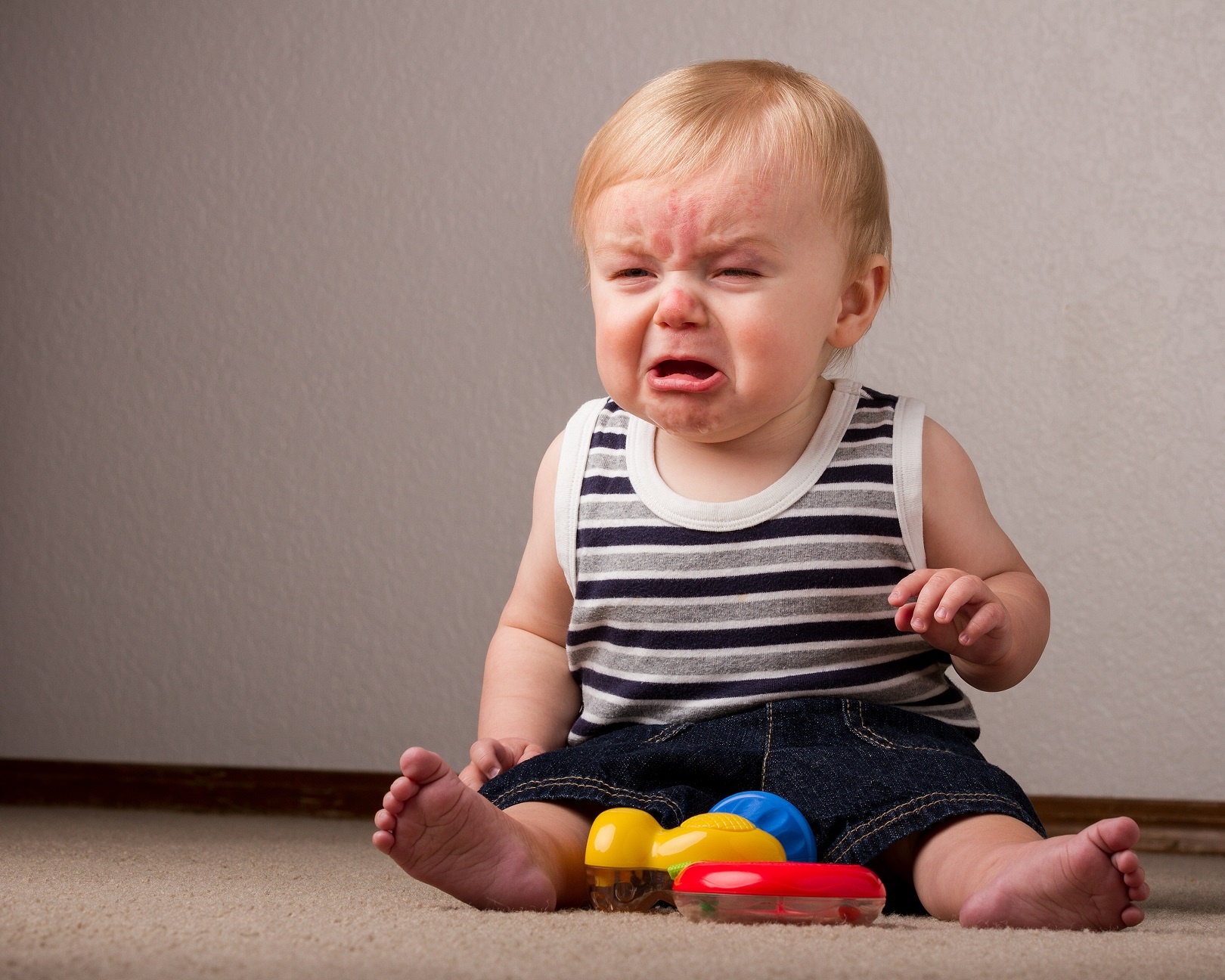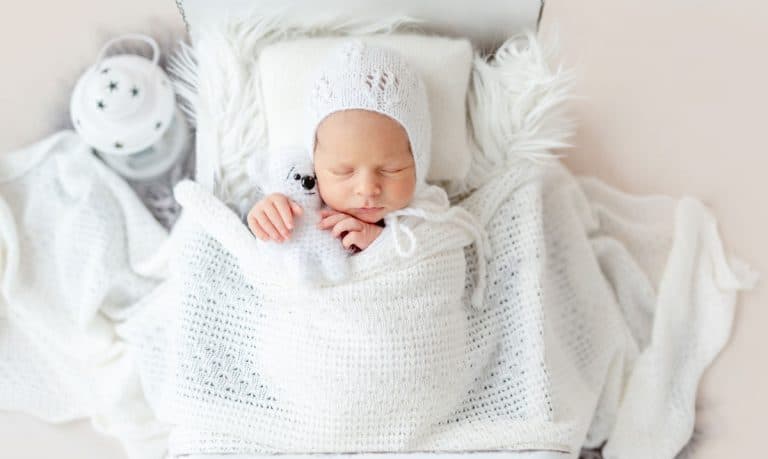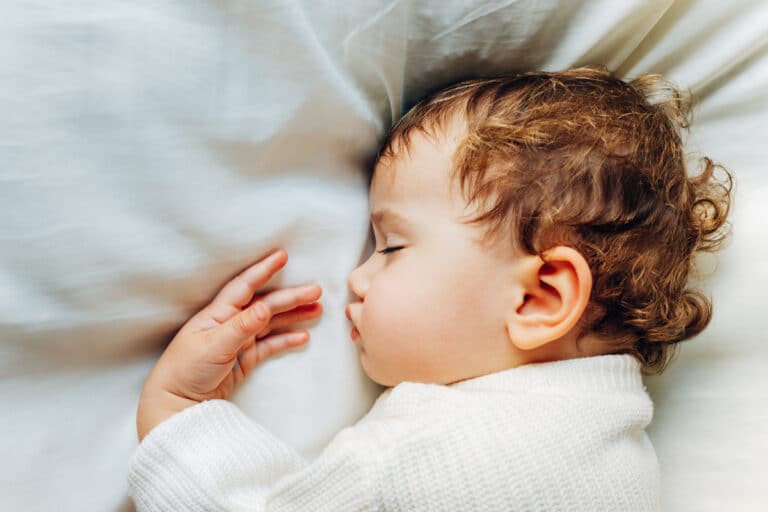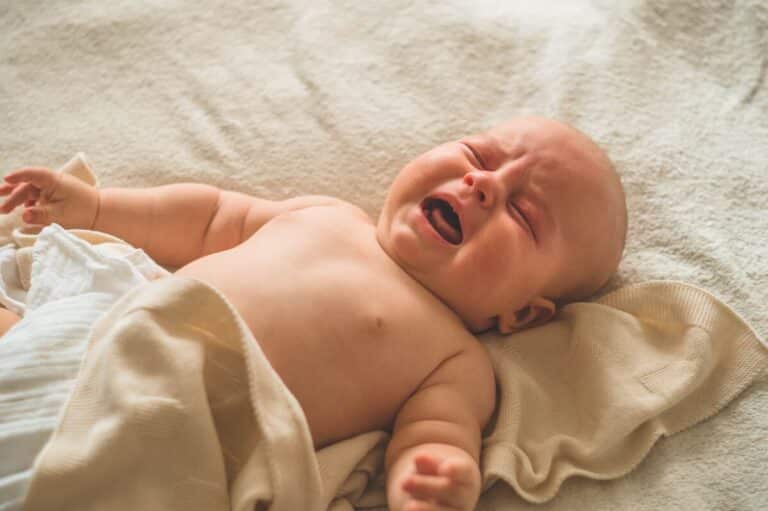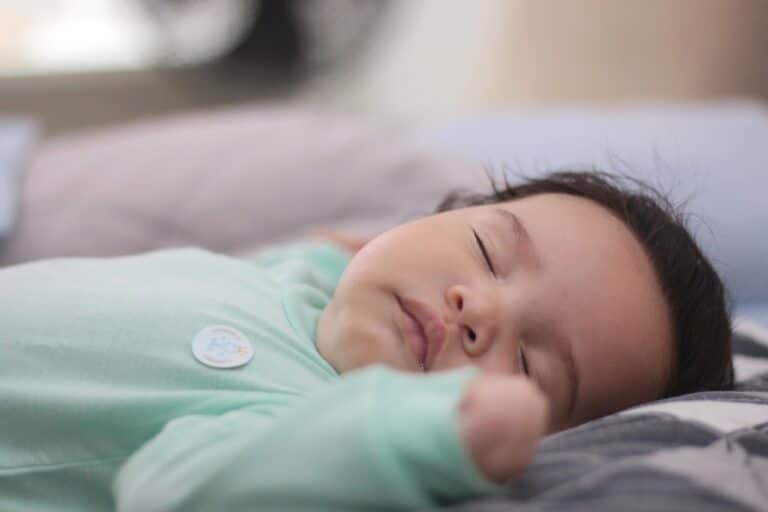Separation anxiety is a common problem among babies. It is a normal stage of growth and childhood development among babies especially in the first year of their life. Children who suffer from this condition often show signs of distress when they are separated from the people or things that they are attached to, such as their parents or teddy bear. It can be very distressing for both the parents and the child, but some steps can be taken to reduce the child’s separation anxiety.
In This Article
When does separation anxiety start in Babies?
Separation anxiety is one of the first emotions that a baby can show. It can be seen as early as 3 months old, but usually develops between 6 and 8 months of age. Separation anxiety is defined as “the distress that most children (between 18 months and 2 1/2 years) feel when they are away from their primary caregiver.
Separation anxiety occurs when a baby begins to realize that their parents or caregivers are separate people. As babies grow, they start developing preferences and will begin to recognize familiar faces and voices of different people in their lives. The main person that a baby associates comfort with is usually the primary caregiver.
While separation anxiety is a highly individualized trait, most babies begin to object to their parents’ absences between 8 and 10 months. One study of children found that by 14 months, 50 percent of all kids become anxious. When they’re separated from their primary caregiver for even short periods. Separation anxiety can surface earlier in some babies, though.
As well as separation anxiety develops a baby’s stranger anxiety. This is a fear of strangers, and separation anxiety is usually more pronounced during times. When the child is around people they do not know or recognize. Baby’s are very different at various stages of development. So, it is common for some children to be more vulnerable to separation anxiety than others. Separation anxiety can be mild or severe and it can interfere with a child’s normal activities. Especially if it continues for a long time without being resolved.
What are the signs of separation anxiety?
A child with separation anxiety becomes extremely upset when a parent leaves. For some children, the idea of being alone is very scary. A child with infant separation anxiety will be inconsolable and continue to exhibit extreme distress as long as the parent is gone. There are many signs of separation anxiety disorder in infants and children that may include:
1) Clinging or crying:
As well separation anxiety babies refuse to be held or comforted by anyone other than a parent. Sometimes the baby will seem clingy and cry constantly when separated from a parent. Even if that parenting doesn’t normally provide much physical contact. The child might cling or cry when forced to spend time with people who aren’t the primary caregiver. Many children will refuse to do things like sleep away from home, visit relatives and attend daycare.
2) Suddenly awaken at night and crying:
Infants who suffer from separation anxiety disorder will often awaken at night or very early in the morning. They are inconsolable and will only calm down when they are reunited with their primary caregiver. Suddenly awakening at night is another sign to know about the robust separation anxiety babies. Separation anxiety persists at night time when the baby is having sleep issues.
3) Refuse to sleep without parents:
Some infants with more robust separation anxiety will refuse to go to bed unless they are in the same room as a parent. In some cases, that means that mom and dad have to sleep on the floor next to the crib. The baby might also wake up throughout the night and need a parent’s help. This could be a sign of infant separation anxiety. For young babies, sleeping through the night can be difficult; it does not mean that the child is suffering from a separation anxiety disorder.
4) Physical illness:
The child may also often complain of stomach aches, coughs, or headaches when forced to spend time away from a primary caregiver. Some children with a separation anxiety disorder will have stress-related physical symptoms. For example, they might vomit or have trouble breathing when separated from their parents. They might also have frequent stomach aches and headaches.
5) Emotional temper tantrums:
Separation anxiety in toddlers can lead to temper tantrums when they are separated from their parents. The baby might also refuse to do things like go to bed, take naps or even eat. They might throw themselves on the ground and kick their legs or scream incessantly. This is a sign of anxiety disorder which is also the reason for anxiety in babies.
How to cure separation anxiety in babies?
Separation anxiety is a completely normal part of a child’s development. How to help a baby with anxiety? Experts say that it’s healthy for your baby to become attached to you. But there are some steps you can take to help ease the transition and they are:
1) Practice Separation:
As is the case with many behaviors, the best way to conquer a baby anxiety is to gradually build up their tolerance. The more experience they have in different settings and with you out of sight. The less anxious they’ll be when that happens. Practice Separation by leaving your baby with a sitter for short periods. Then gradually increasing the amount of time they are alone. Remember that it’s completely normal when a child cries at daycare when you leave them and have to go to work.
2) Soothing Bedtime routine:
Develop a soothing bedtime routine with the help of your baby’s daycare provider. A great way to avoid anxiety is to develop a regular sleep pattern for your baby. By establishing a simple, consistent plan of events before bedtime. You can reassure them that it’s time to wind down and start getting some rest. It is a normal part of a child’s life and a simple way to help them to learn how the world works.
3) Cuddled with the child regularly:
Snuggling your child is a great way to comfort them and help them to feel loved and secure. As they get older, this will become more difficult. But when it’s cuddle time, make sure to sit down with your child and give them undivided attention. As well as a lot of warm hugs and kisses will make them feel comfortable. For preventing a child’s anxiety, the best way is to spend as much time as you can with your baby.
4) Play games to stay calm:
Playing games with your child is a wonderful way for them to learn and develop their abilities. You can play peek-a-boo, rolling ball, etc games with your child. Going on walks in the stroller are all great ways for you to connect with your baby when they’re young. Playing these games also helps you to stay calm at the same time. Which can be a huge help in managing infant separation anxiety from mother. Although at first, it might be a little difficult to spend time away from your baby.
5) Create a goodbye ritual:
Creating a goodbye ritual can be very helpful to your baby. At daycare, this will help them learn that when you leave the center that it’s okay. And they’ll see that you always come back. You can say something like “Bye-bye mommy”. A simple routine with lots of hugs, kisses, and tickles will help your baby to get comfortable with the idea of being apart. If you feel overwhelmed, don’t be afraid to ask for help from co-workers or family members. Sometimes it’s helpful to have another pair of hands around.
6) Never sneaks away from them:
If your baby is crying and upset at daycare, don’t leave them there and quickly sneak away. This will create a bad experience. You can even feel guilty about it or stress over the fact that you abandoned them on their first day of school. Use these feelings as motivation for building up your child’s tolerance. That way they won’t feel abandoned or betrayed when you need to leave them at daycare. Therefore, first and foremost, learn to stay calm and collected when you’re baby is crying.
Some facts about the baby’s Separation anxiety.
Separation anxiety is a normal stage of child development. But it can become a problem when the child becomes overly anxious about being away from their parent. Separation anxiety can begin anywhere from late infancy to early childhood and might just be a temporary phase.
However, Academic research institutions have found that some children with separation anxiety develop into teens who are afraid of being alone. For better understanding, separation anxiety in babies or child’s parents should need to know the following facts according to their stages.
Infants:
In context of infants, the 9 month separation anxiety is the typical age range to begin. The peak time of onset is between 9 month old separation anxiety to 18 month old separation anxiety. Some babies as young as 5 months might start showing signs of anxiety. Due to events like the first day at child care or a brief hospital stay. In 10 month old separation anxiety, the onset of the baby’s separation anxiety tends to decrease.
Toddlers:
How to deal with separation anxiety in toddlers? As toddlers grow older, they are more able to understand that their parents will return. This type of anxiety in the toddler years usually begins between 18 months and 3 years of age. At this time, your child may start asking about where you are going or why you must leave them behind. They might cling to you or have trouble playing on their own. But the good news is the anxiety will usually lessen as they become more secure in their own abilities. Especially if you make efforts to comfort your child when you leave and return.
Pre-schoolers:
At this stage of life, separation anxiety becomes more problematic. Especially if the fear of being away from mom or dad is affecting school or socializing with friends. However, separation anxiety in adolescence might also be seen as an expression of something else like depression or drugs going away on their own. It is necessary to see a doctor and maybe a psychiatrist if an anxiety disorder is persisting and disruptive in many areas of your child’s life.
The Conclusion
We hope that you have found this article helpful in understanding how to deal with separation anxiety in babies. If your baby is suffering from any type of anxiety, we recommend speaking to a pediatrician. In addition, there are many apps and books which may be able to help alleviate some of your child’s worries about being away from their parents. In last, if you have any queries regarding the above context feel free to share with us through a comment section below, respectively.

